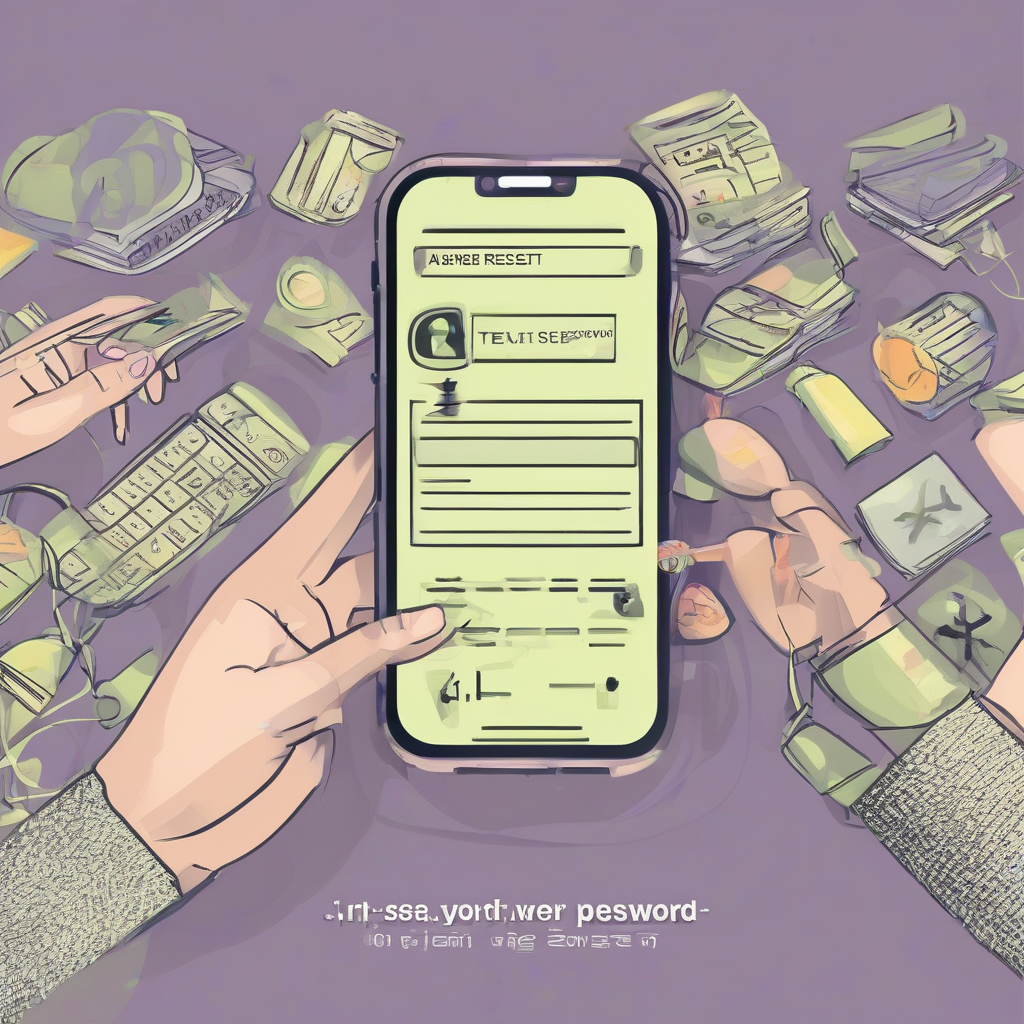Self-Service Password Reset: A Comprehensive Guide to Secure and Efficient User Authentication

Self-Service Password Reset: A Comprehensive Guide to Secure and Efficient User Authentication
In today's digitally driven world, secure and efficient user authentication is paramount. Self-service password reset (SSPR) has emerged as a crucial component of robust security infrastructure, empowering users to regain access to their accounts without relying on IT support. This comprehensive guide delves into the intricacies of SSPR, exploring its benefits, implementation strategies, security considerations, and best practices.
Understanding Self-Service Password Reset (SSPR)
SSPR, also known as self-service password recovery, is a system that allows users to independently reset their forgotten or compromised passwords without contacting help desk support. This process typically involves verifying the user's identity through various authentication methods before granting them access to reset their password. The core principle is to empower users while maintaining a high level of security.
- Enhanced User Experience: SSPR significantly improves user experience by eliminating the frustrating wait times associated with contacting support.
- Reduced Support Ticket Volume: By enabling users to handle password resets independently, SSPR dramatically reduces the burden on IT help desks, freeing up valuable resources.
- Improved Security Posture: When implemented correctly, SSPR strengthens security by reducing the risk of unauthorized access due to shared or weak passwords.
- Increased Efficiency: SSPR streamlines the password reset process, making it faster and more convenient for both users and administrators.
- Scalability: SSPR solutions can easily scale to accommodate growing user bases without requiring significant infrastructure changes.
Key Components of an Effective SSPR System
A robust SSPR system comprises several key components working in harmony to ensure both security and usability:
- Authentication Methods: These are the methods used to verify the user's identity before granting access to the password reset functionality. Common methods include:
- Knowledge-Based Authentication (KBA): This relies on questions and answers based on personal information known only to the user (e.g., mother's maiden name, pet's name).
- One-Time Passwords (OTPs): Generated and delivered via SMS, email, or authenticator apps, OTPs provide a temporary, secure way to verify identity.
- Multi-Factor Authentication (MFA): Combining multiple authentication factors (something you know, something you have, something you are) provides a significantly stronger layer of security.
- Security Questions: Similar to KBA but often more flexible and less prone to social engineering attacks.
- Biometric Authentication: Utilizing fingerprints, facial recognition, or other biometric data for identity verification.
- Password Management Policies: Strong password policies, including password complexity requirements, minimum length, and regular password changes, are essential for maintaining a secure environment.
- Account Lockout Mechanisms: These prevent brute-force attacks by temporarily locking accounts after multiple failed login attempts.
- Password History: Storing previous passwords prevents users from reusing old, potentially compromised passwords.
- User Interface (UI): A user-friendly interface is crucial for a positive user experience. Clear instructions, intuitive navigation, and accessible design are essential.
- Audit Logging: Detailed logging of all password reset attempts helps track suspicious activity and ensures accountability.
Implementing an SSPR System
Implementing an SSPR system requires careful planning and execution. Key steps include:
- Needs Assessment: Determine the specific requirements of the organization, considering the size of the user base, security policies, and existing infrastructure.
- Vendor Selection: Choose a reputable vendor offering a secure and scalable SSPR solution that aligns with the organization's needs.
- Integration with Existing Systems: Integrate the SSPR solution with existing identity management systems (IDMs) and other relevant applications.
- User Training: Provide comprehensive user training to ensure users understand how to use the SSPR system effectively and securely.
- Testing and Deployment: Thoroughly test the SSPR system before deploying it to the entire user base.
- Monitoring and Maintenance: Continuously monitor the system for performance issues and security vulnerabilities.
Security Considerations for SSPR
While SSPR greatly enhances security, it's crucial to address potential vulnerabilities:
- Phishing Attacks: Malicious actors can attempt to trick users into revealing their personal information to gain access to their accounts. Strong security awareness training is vital.
- Brute-Force Attacks: Automated attempts to guess passwords can overwhelm the system. Account lockout mechanisms are crucial to mitigate this risk.
- Data Breaches: If the SSPR system itself is compromised, sensitive user data could be exposed. Robust security measures, including encryption and access controls, are essential.
- Weak Authentication Methods: Relying solely on easily guessable knowledge-based authentication can make the system vulnerable. MFA should be considered for enhanced security.
- Session Management: Secure session management is crucial to prevent unauthorized access after a successful password reset.
Best Practices for SSPR
To maximize the effectiveness and security of an SSPR system, consider these best practices:
- Implement Multi-Factor Authentication (MFA): MFA adds an extra layer of security, making it significantly more difficult for attackers to gain unauthorized access.
- Use Strong Password Policies: Enforce strong password policies that require users to create complex and unique passwords.
- Regularly Update the System: Keep the SSPR software and related components updated with the latest security patches.
- Monitor for Suspicious Activity: Regularly monitor the system for unusual login attempts or other suspicious activity.
- Provide Comprehensive User Training: Educate users on the importance of password security and how to use the SSPR system correctly.
- Regularly Review and Update Security Policies: Keep security policies up-to-date to address emerging threats and vulnerabilities.
- Choose a Reputable Vendor: Select a vendor with a strong track record in security and a commitment to ongoing support.
- Integrate with other Security Measures: Integrate SSPR with other security measures such as intrusion detection systems and security information and event management (SIEM) systems.
- Consider Risk-Based Authentication: Implement risk-based authentication that adjusts the level of security based on factors such as user location, device, and login history.
- Regularly Audit and Test the System: Perform regular security audits and penetration testing to identify and address any vulnerabilities.
Types of SSPR Implementations
Different organizations may choose different approaches to implement SSPR, based on their specific needs and infrastructure:
- Cloud-Based SSPR: A cloud-based solution is hosted by a third-party provider and accessed via the internet. This offers scalability and ease of management.
- On-Premise SSPR: An on-premise solution is installed and managed within the organization's own infrastructure. This offers greater control but requires more IT resources.
- Hybrid SSPR: A hybrid approach combines elements of both cloud-based and on-premise solutions, offering a balance of control and scalability.
The Future of Self-Service Password Reset
The future of SSPR is likely to involve increased reliance on advanced authentication methods, such as biometrics and behavioral analysis. Improved integration with other security tools and technologies will also enhance the effectiveness of SSPR. The emphasis will remain on enhancing security while simultaneously improving user experience and efficiency.
- Passwordless Authentication: The move towards passwordless authentication methods, such as FIDO2, will likely reduce reliance on passwords altogether, further enhancing security.
- Contextual Security: SSPR will be increasingly integrated with contextual security measures that consider factors like device location and user behavior.
- AI-Powered Security: Artificial intelligence will play a greater role in detecting and preventing fraudulent password reset attempts.
- Improved User Experience: Continued efforts will focus on creating more intuitive and user-friendly SSPR interfaces.
What's Your Reaction?
















